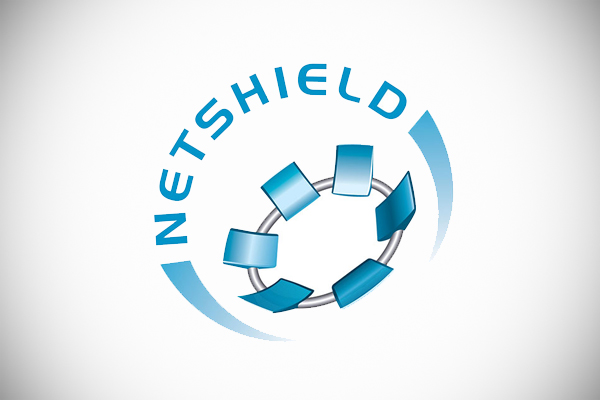TechInAfrica – South Africa-based Netshield announced fuel and acid sensors as its new IoT monitoring devices that will be applied soon. The fuel and acid sensors enable users to monitor suspicious activity near sensitive equipment in the field. Specifically, they are able to detect leakage and spillage from fuel tanks and batteries.
They basically have the similarity to the common water monitoring sensors in remote onsite locations, the fuel and acid rope sensors have a standard length of one meter. However, it can be cut and fit according to the surrounding environment.

Inus Dreckmeyr, CEO of Netshield South Africa, said, “Critically these sensors are able to connect to any of the Netshield Intelligent IoT enabled gateways that are able to transfer data that is related to the monitoring of the environment, in particular, alerts pertaining to changes in the setting, and then provide this information back to your centralized management and event storage database systems.”
Dreckmeyr continued, “One such IoT enabled gateway includes the Netshield Wi-Fi IoT Multi-Sensor and IO module that supports its own built-in Wi-Fi and battery backup, allowing you to string multiple sensors onto the device.”
The fuel and acid sensors are designed to detect certain liquid along the one-meter length of the rope. When detected, it will send an alert to the connected notification devices, such as IoT packet, SNMP, SMS, email, or the cloud.

As for the fuel sensor, it will be reset once the alert or sensor cleared and cleaned. Meanwhile, for the acid sensor, it can be reused but will depend on how bad the leakage is and whether or not the sensor has been exposed.
Speaking about how the sensor works, Dreckmeyr explained: “Critically these sensors can connect remotely to the Netshield gateways through our Netshield developed SensorPOD remote extension module as part of the Netshield IoT sensor range. Once connected to your system via any Netshield or any other solution the device can be deployed in the field, the sensor will relay information back to your physical devices, such as smartphones, tablets and Web browsers anywhere in the world with Internet access – allowing you to act quickly to fuel or acid spillages or seepage.”


